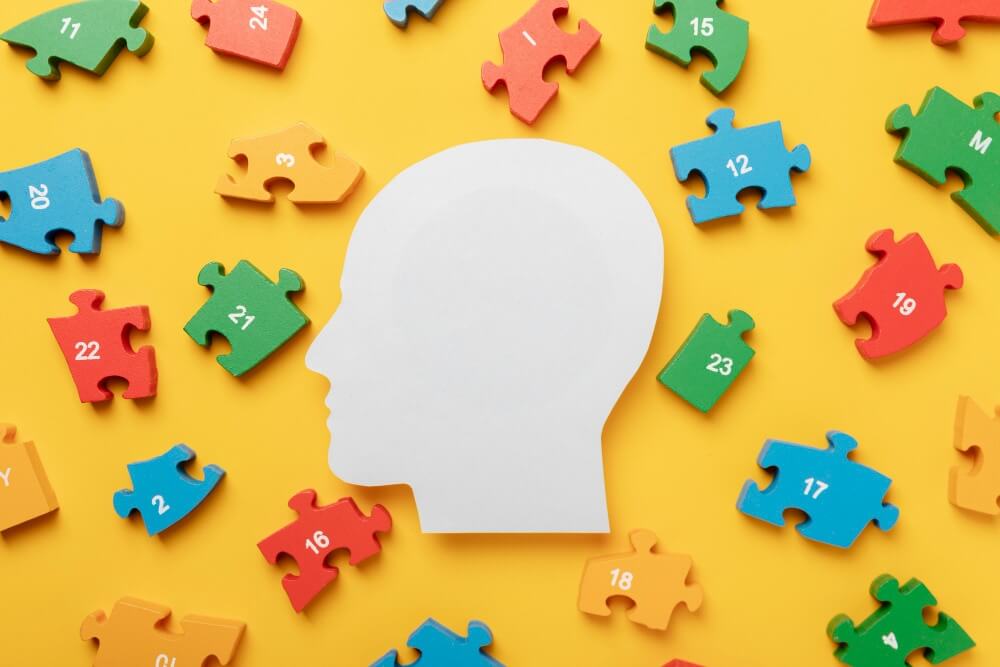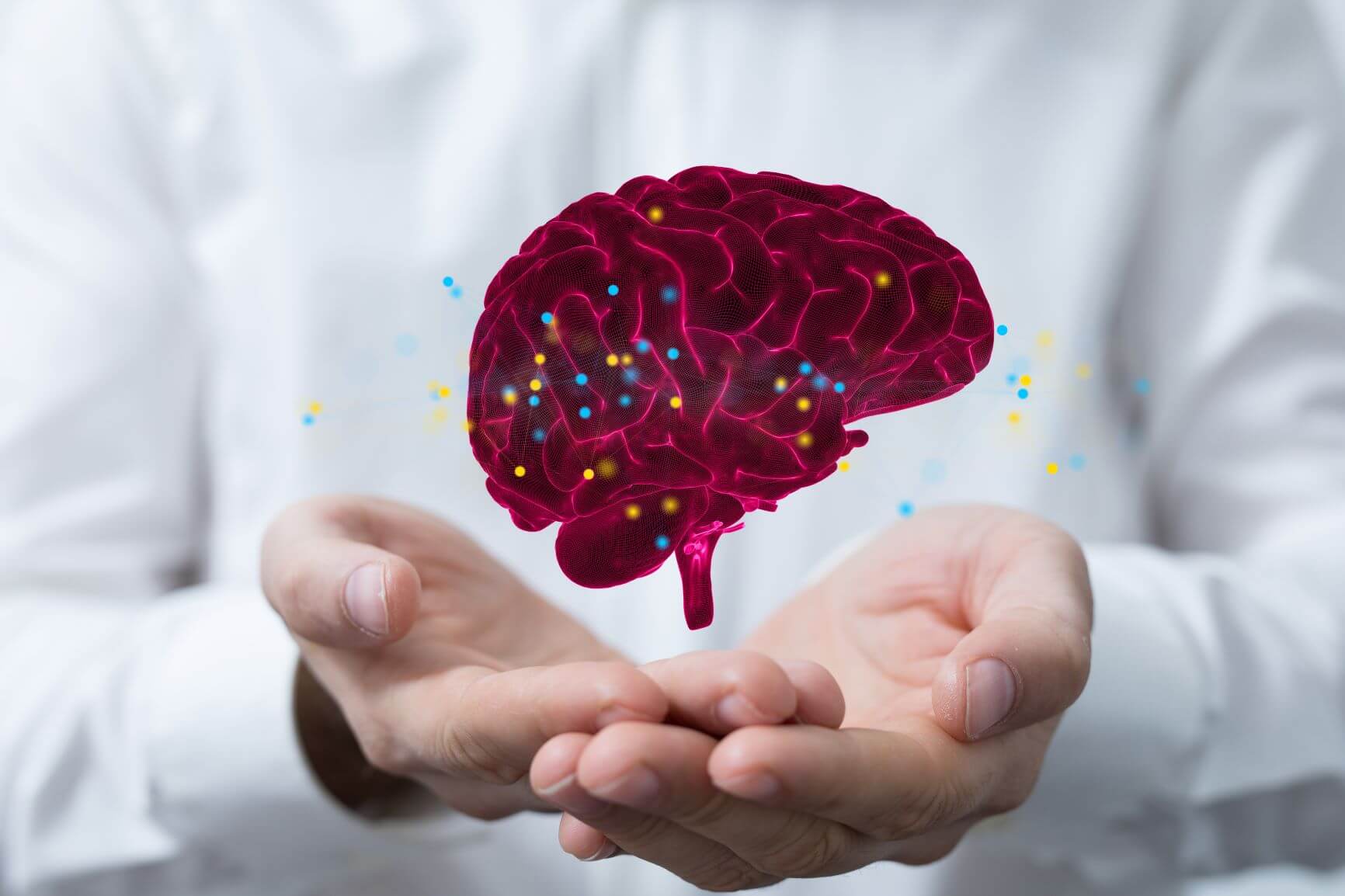There are several actions that come to mind when we think about contributing to our memory, such as a good night’s sleep, social activity, or a cognitive challenge. Surprisingly, associations also have a contribution to memory and cognition in general, and this is even supported by research.
An association is a connection formed in our mind when our brain connects two items of information together, such as cat and milk, coffee and cake or even the call “Open!” and the series “Krovim Krovim”. Both items of information tend to be relevant together in the same context, and are activated together at the brain level.
Associations improve our daily functioning, help us know what to expect, how to plan, what to approach and what to avoid. Associative thinking can significantly affect cognitive performance, problem solving and critical thinking.
It is known that there is a connection between associativity and our perceptive abilities. One can think of perception as divided into two levels: high-level perception, for example converting information received through the senses into memory, and low-level perception, for example sensitivity to changes in brightness or color contrasts.
In previous studies, an effect of associativity on high-level perception has already been found. In addition, recent research renews our knowledge and investigates the possible effect of associativity on lower-level perception as well. Although it is called “low level”, it is very important, since improving the lower functions, as in cognitive training for example, can lead to an improvement in the higher functions as well.
In the study subjects were presented with pairs of related images (for example monkey-banana) and pairs of unrelated images (for example grapes-flag) and tested how each type of image pairs (related or unrelated) affects the success of the subjects in tasks related to “low level” perception. The presentation of the pictures related to the fact induced in the subjects a state of associative thinking. In all the perceptual tasks, the subjects were more successful, and were faster, when pictures with a clear associative relationship appeared before the task.
The explanation for this is that each image activates in our brain previous knowledge related to it. Therefore, if we are presented with two related images, the second image has already been automatically “triggered” in the brain by the first image. This helped the subjects perform the task without dwelling on trying to find a connection between the images. In contrast, when presented with unrelated images, the second image did not match the information that the first image activated in the brain. The subjects continued to search for a connection between the two images, and as a result, the cognitive resources available to them for the task they were required to perform were reduced.
It seems that when we do not find associativity in the world around us, we tend to continue and try to look for a link between things. Cognitive load resulting from the search for associativity, harms performance related to perception by reducing the cognitive resources available to us. The associative relationships are often created automatically. This ability is necessary for memory processes, because the information in long-term memory is preserved by linking it to previous knowledge. Training the ability to create associative links is one of the ways to improve the ability to retrieve from memory.
In conclusion, creating associations is an especially essential action for the functioning of cognition and memory in particular. Associative connections can also be made proactively, meaning connecting two concepts together in a deliberate manner. Since the brain is used to working with associations, the creation of artificial associations of this kind can be used by us to support memory on a day-to-day basis.
The article is by: Roni Lustigman, a cognitive data analyst and a member of the Effectivate research team.
Link to the mentioned article: https://www.nature.com/articles/s41599-020-00577-w










